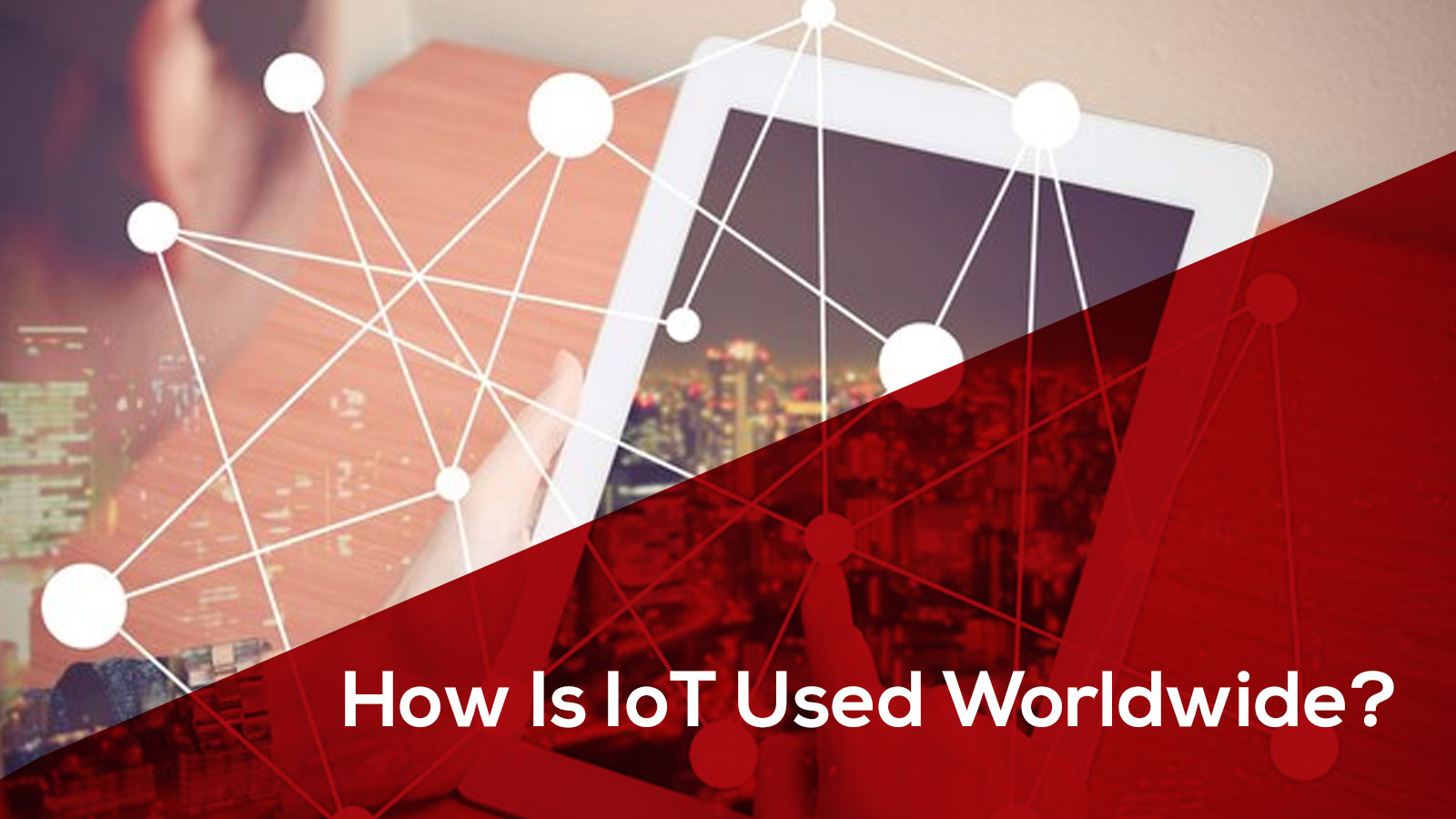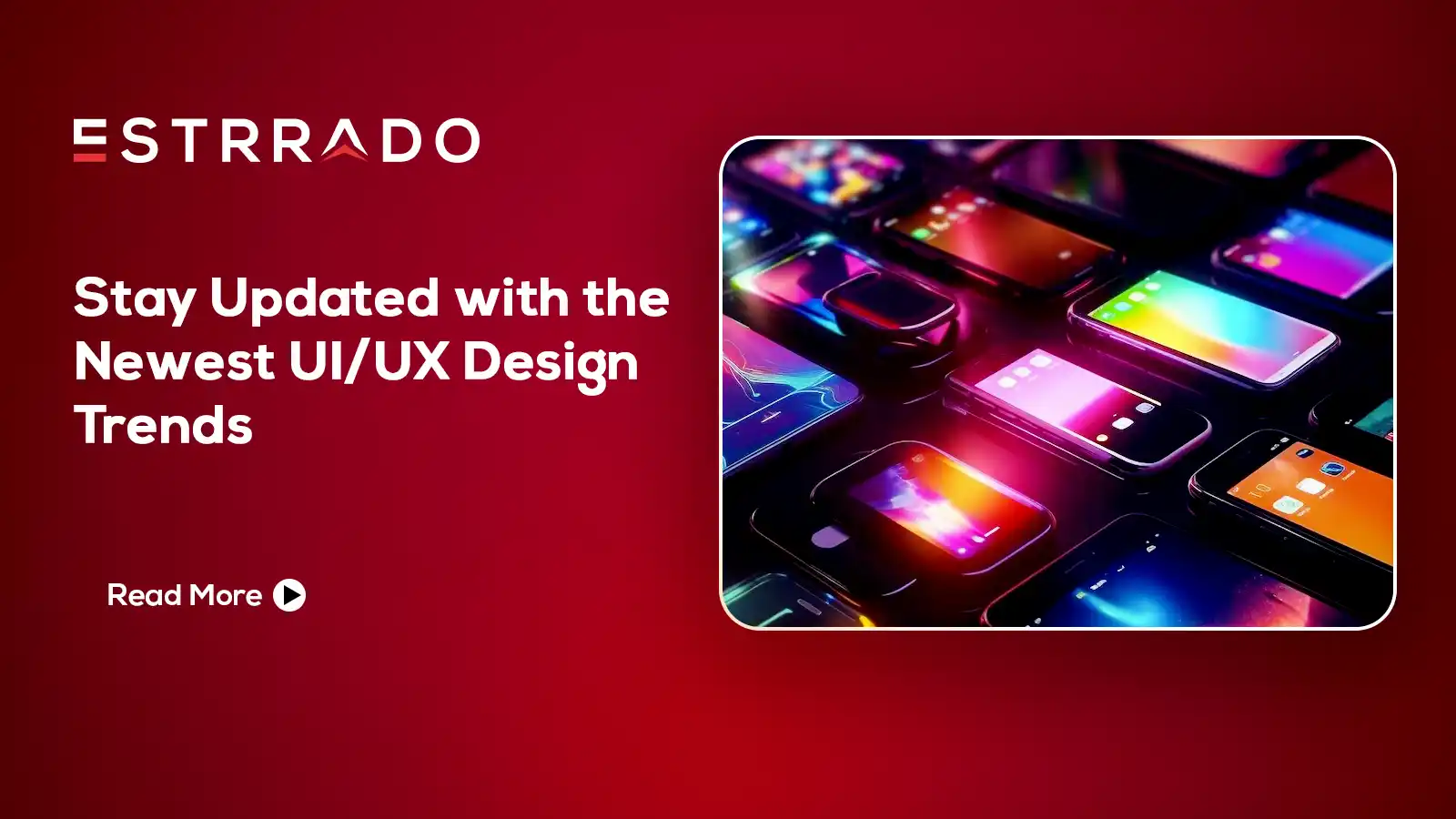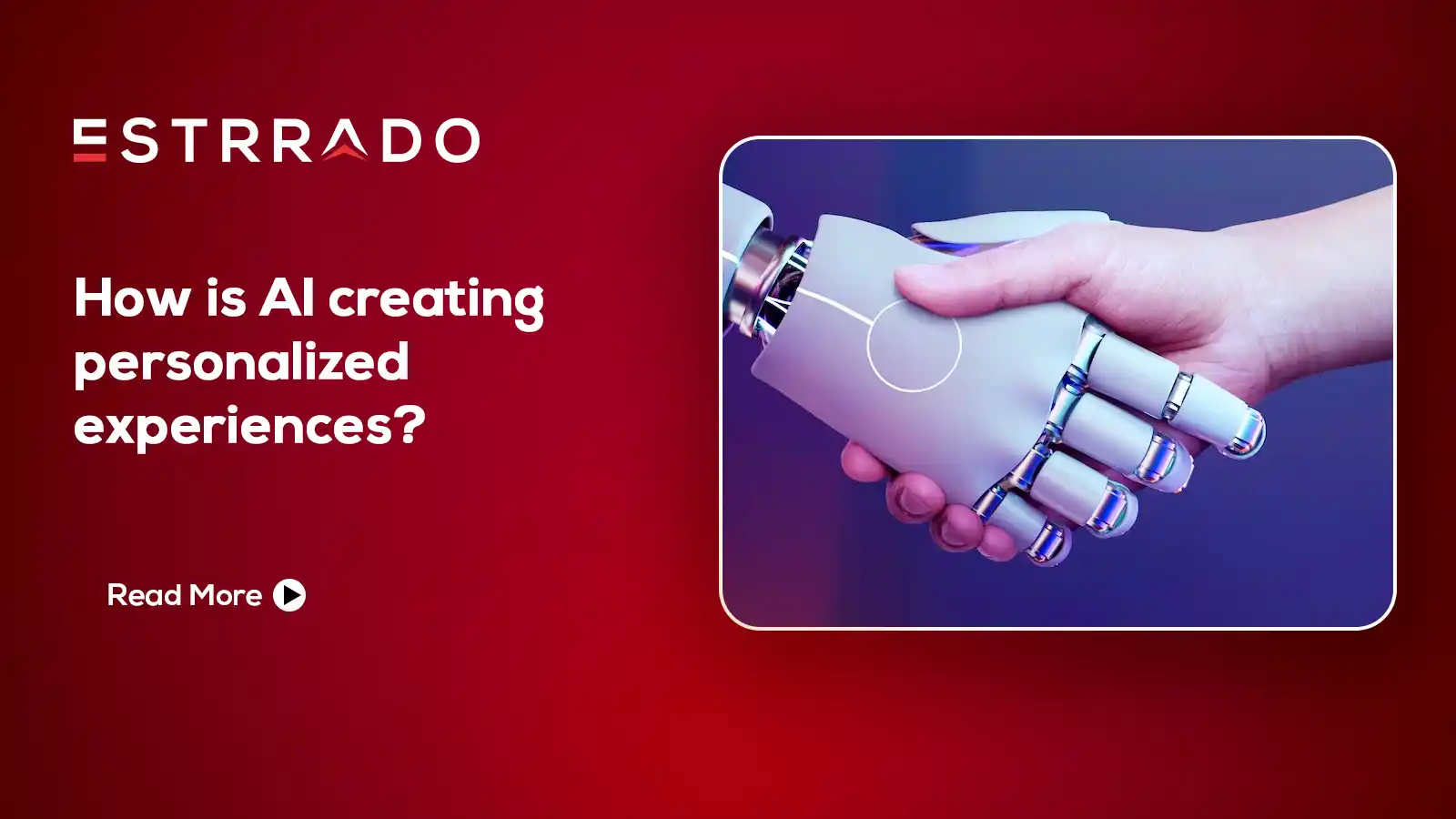Introduction
Today, connectivity is key. The Internet of Things (IoT) has emerged as a transformative force, effortlessly integrating the physical and digital worlds. With billions of devices connected worldwide, IoT is reshaping the way people live, work, and interact.
This blog post aims to show the different ways IoT is changing sectors worldwide with its innovation.
Understanding IoT
IoT is a vast network of interconnected devices that communicate with each other, sharing and collecting data to perform various tasks. These devices, equipped with sensors and actuators, range from everyday objects like refrigerators and thermostats to industrial machinery and smart city infrastructure.
Global Penetration of IoT
The adoption of IoT is a global phenomenon, with widespread integration across diverse sectors. According to a recent report by Statista, the number of connected devices is expected to reach a staggering 30.9 billion by 2025, showcasing how popular IoT is going to be in our daily lives.
Smart Homes
One of the most accessible and widely embraced applications of IoT is in our homes. Smart thermostats, lighting systems, and security cameras are becoming commonplace. They offer convenience, energy efficiency, and enhanced security. For instance, smart thermostats can learn our preferences and adjust the temperature accordingly, contributing to significant energy savings.
Healthcare Revolution
IoT is revolutionizing healthcare on a global scale. The market for IoT in healthcare is projected to reach $188.2 billion by 2026, as reported by MarketsandMarkets. Wearable devices, such as smartwatches and fitness trackers, monitor vital signs and enable individuals to take charge of their health. In hospitals, IoT devices enable remote patient monitoring and efficient management of medical equipment.
Connected Agriculture
IoT is playing a pivotal role in the agricultural sector. Smart sensors in soil, crops, and livestock gather real-time data, helping farmers make informed decisions about irrigation, fertilization, and disease control. This data-driven approach maximizes crop yields and minimizes environmental impact.
Industrial IoT (IIoT)
The industrial sector has witnessed a significant transformation with the introduction of Industrial IoT (IIoT). According to a report by McKinsey, IIoT could have an economic impact of $14 trillion to $33 trillion per year by 2025. Factories and manufacturing plants are using IoT-enabled devices for predictive maintenance, supply chain optimization, and quality control.
Smart Cities
Cities around the world are leveraging IoT to enhance urban living. Smart traffic management systems, waste management solutions, and energy-efficient street lighting are some examples. These initiatives aim to create sustainable, interconnected urban environments prioritizing efficiency and citizen well-being.
Challenges of IoT
While the benefits of IoT are numerous, it’s crucial to address the challenges associated with it as well. Security and privacy concerns, interoperability issues, and the need for standardized regulations are areas that require continuous attention to ensure a responsible and sustainable IoT ecosystem.
Conclusion
The Internet of Things has moved on from being a buzzword to being an integral part of our interconnected world. From the comfort of our homes to the efficiency of industries and the advancement of entire cities, IoT is leaving an incredible mark. As we navigate this era of digital transformation, understanding the global impact of IoT empowers us to make informed decisions and embrace the possibilities of a connected future.
Frequently Asked Questions (FAQs)
What is IoT, and how is it revolutionizing the world?
The Internet of Things (IoT) refers to the interconnected network of devices, vehicles, and other physical objects embedded with sensors, software, and network connectivity, enabling them to collect and exchange data. IoT is transforming the world by creating a seamless flow of information, leading to smarter decision-making and enhanced efficiency across various sectors.
How extensively is IoT used worldwide?
IoT adoption is on the rise globally, with the number of connected devices projected to reach 75 billion by 2025, highlighting the growth and widespread integration of IoT across industries and households.
In which industries are IoT making a significant impact?
IoT is used in diverse industries, including healthcare, agriculture, manufacturing, transportation, and smart cities.
How is IoT contributing to healthcare advancements worldwide?
The healthcare industry has witnessed a great shift with the integration of IoT. Remote patient monitoring, wearable health devices, and smart medical equipment have become commonplace, enabling healthcare professionals to monitor patients’ vital signs, track chronic conditions, and provide timely interventions. This not only improves patient outcomes but also reduces healthcare costs.
Can you provide examples of smart cities utilizing IoT?
Smart cities leverage IoT to enhance urban living through efficient resource management, improved infrastructure, and enhanced public services. For instance, smart traffic management systems optimize traffic flow, reducing congestion. Waste management becomes more efficient with sensors that monitor fill levels in trash bins, optimizing collection routes and reducing operational costs.
What role does IoT play in industrial settings, particularly in manufacturing?
IoT in manufacturing, often referred to as Industry 4.0, involves the integration of smart sensors and devices to create intelligent and interconnected production systems. This facilitates predictive maintenance, real-time monitoring of machinery, and efficient supply chain management. Manufacturers benefit from reduced downtime, increased production efficiency, and improved overall productivity.
How is IoT contributing to environmental sustainability?
IoT is crucial in promoting environmental sustainability by optimizing resource usage and reducing waste. Smart energy grids help manage electricity consumption more efficiently, and smart buildings utilize sensors to control lighting, heating, and cooling based on occupancy. These initiatives contribute to energy conservation and a reduced environmental footprint.
Are there any challenges associated with the widespread adoption of IoT?
While IoT brings numerous benefits, challenges, such as data security, privacy concerns, and compatibility issues exist. Ensuring the secure transmission and storage of data, establishing robust privacy policies, and fostering industry standards are essential to overcoming these challenges and ensuring the responsible adoption of IoT technologies.
What is the future outlook for IoT worldwide?
The future of IoT appears promising, with continuous advancements in technology and increasing connectivity. As 5G networks become more common, the speed and efficiency of IoT devices will further improve. The integration of artificial intelligence (AI) with IoT is also on the horizon, paving the way for even more intelligent and autonomous systems across various sectors.








